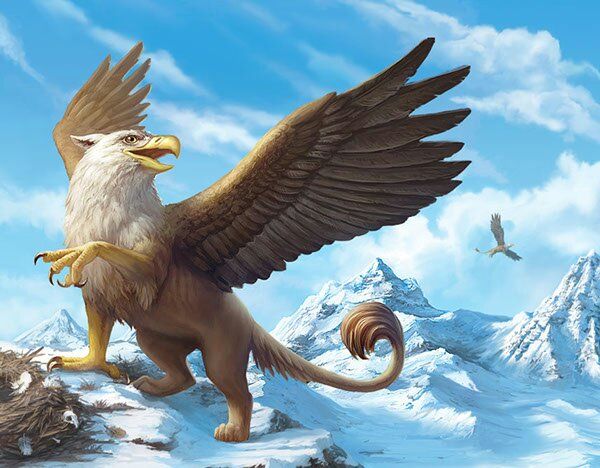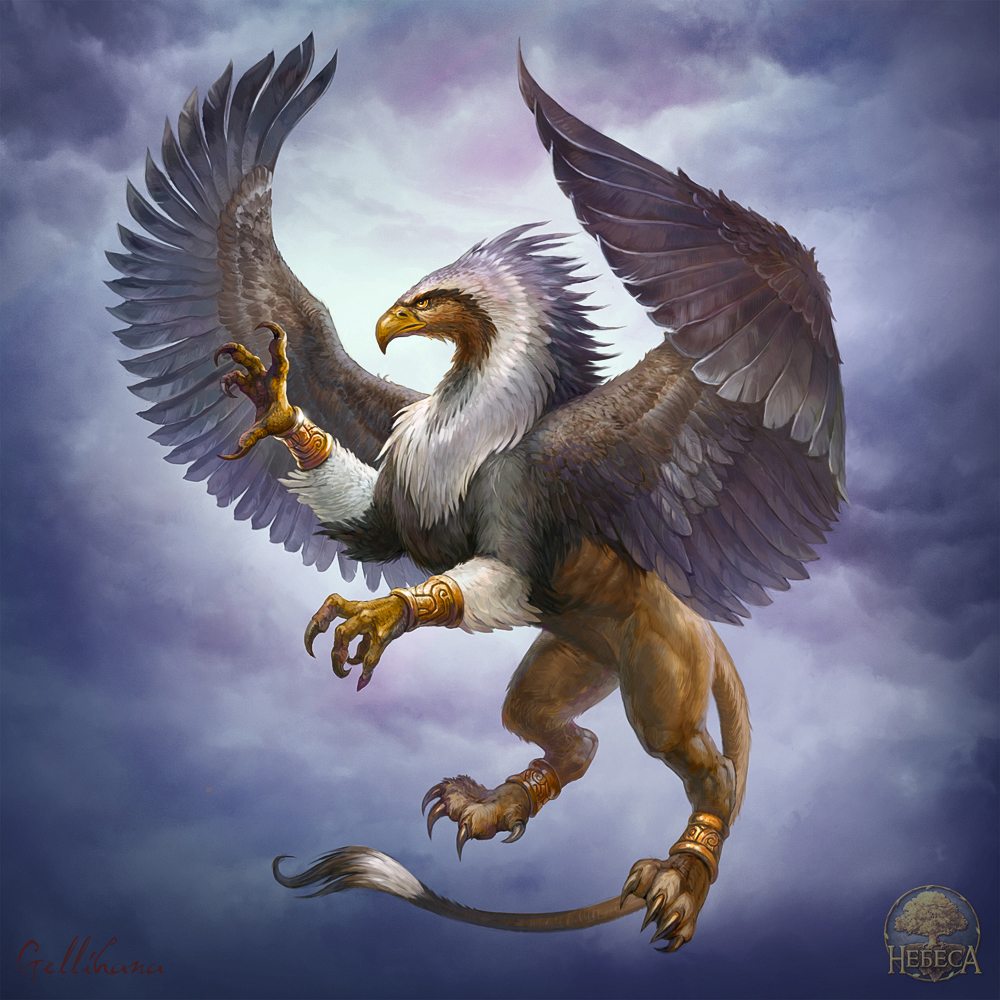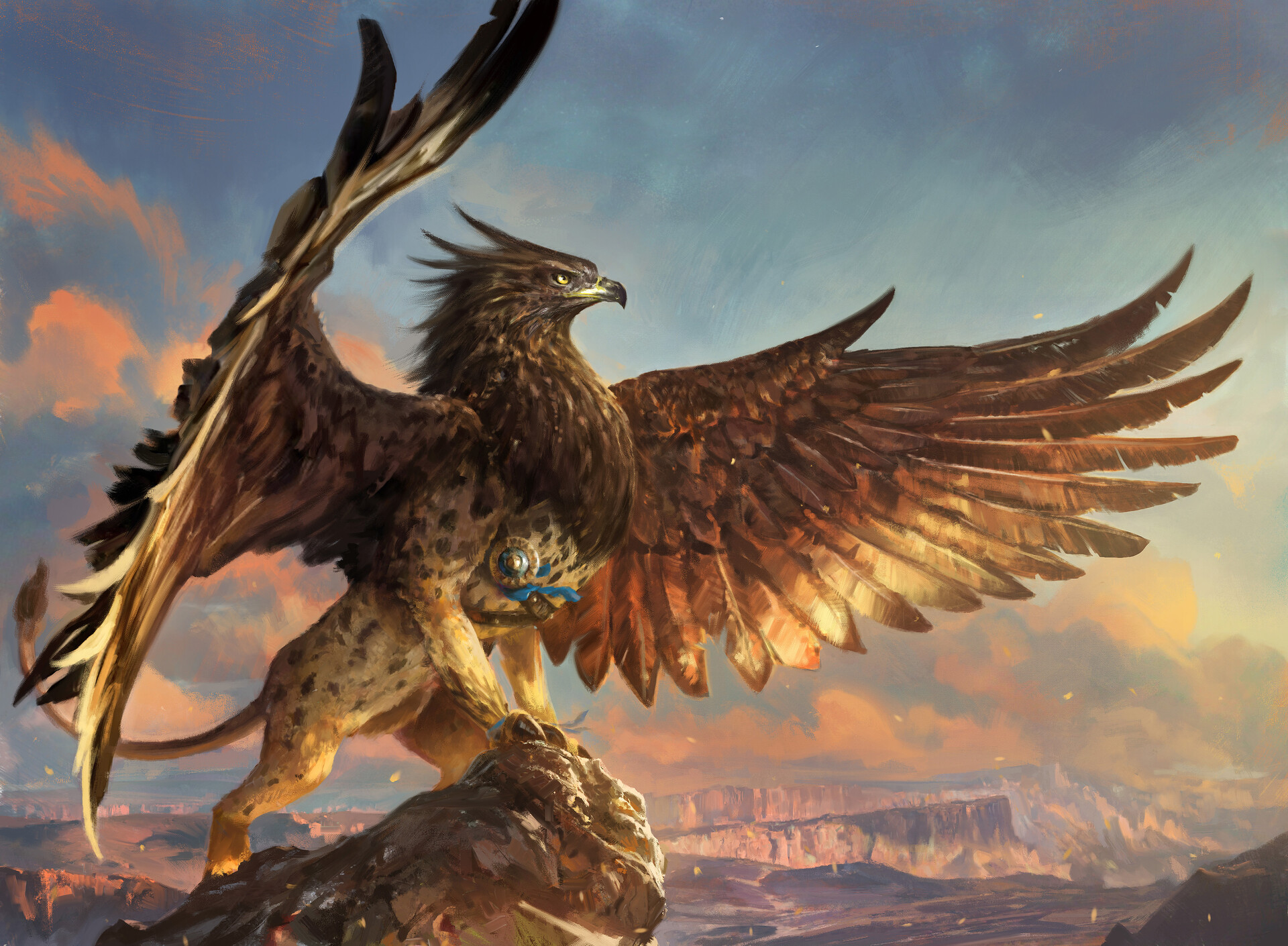Griffin Johnson Texts - Exploring Ancient Creatures And Modern Commentary
Have you ever stopped to think about how stories stick around, how they travel through time and across places, changing a little here and there but keeping their main idea? It's pretty amazing, actually, how ideas and tales get passed along, whether they're about fantastic beasts from long ago or conversations happening just yesterday. We're talking about things that capture our thoughts, things that people write down or speak about, and how those bits of information shape what we understand about the world, or so it feels. This really makes you wonder about the journey of different kinds of "texts," doesn't it?
From the very old writings that describe creatures with wings and claws to the quick messages and news stories we see every day, there's a connection, a thread that ties them all together. It's about how we communicate, what we choose to share, and how those pieces of communication become part of our collective memory. So, in a way, whether it's an ancient legend or a current event, the way we record and share these things is what makes them real for us, or so it seems.
Today, we're going to take a closer look at something quite interesting: the griffin. We'll explore its long history, how people imagined it, and then, rather surprisingly, how the idea of "griffin" even pops up in our modern conversations, like in some recent news reports. It's kind of fascinating to see how something so old can still find its way into our current discussions, proving that stories, in all their forms, really do have a way of sticking around, for sure.
- Armando Huerta Rey
- Beterbiev Vs Bivol Compubox
- Mikayla Leaked Video
- Enulie Porer Leaks
- Ameshia Cross Nude
Table of Contents
- What is a Griffin, Actually?
- Where Did the Griffin Come From?
- What Did Griffins Do in Ancient Stories?
- How Do Ancient Texts Show Griffin Johnson Texts?
- Is There a Modern Griffin Connection?
- How Does Modern Commentary Relate to Griffin Johnson Texts?
- What Can We Learn From Griffin Johnson Texts?
- Summary of the Article
What is a Griffin, Actually?
When you hear the word "griffin," what comes to mind? For many, it's a creature that seems like it stepped right out of a dream or a really old book. Basically, it's a make-believe animal, a kind of mixed-up beast, with parts from a lion and parts from a bird. You see, the descriptions often talk about it having the strong, powerful body of a lion, which is quite impressive, and then, right on top, it has the head of a bird, most often described as an eagle's head, which gives it a sharp, watchful look. Sometimes, these creatures are even pictured with big, wide wings, like an eagle's, making them seem even more majestic, or so it's told.
This creature has been called by a few different names over the years, you know, depending on where you were and when. People in ancient Greece, for instance, had their own way of saying it, and later on, folks writing in Latin during the middle ages had theirs. So, whether you call it a griffin, a griffon, or a gryphon, you're pretty much talking about the same fantastic animal. It's a testament to how these stories stick around, even with slightly different pronunciations, for sure.
The idea of a creature that combines the king of the beasts with the king of the birds is pretty striking, isn't it? It gives the griffin a kind of double power, making it seem really strong on the ground and also capable of soaring through the sky. This combination, you know, makes it a very special kind of mythical animal, one that captures the imagination and makes you think about strength and freedom all at once. It's almost like a symbol of both earthly might and heavenly reach, in a way.
- Candice Lerae Ass
- Kelsey Lawrence Fanbus Leaked
- Naz Elbir Ifsa
- Ava Nicks Public
- Sonic 3 Movie Concept Art
Where Did the Griffin Come From?
So, where did this idea of a griffin even begin? Well, it seems like the concept of this amazing creature first popped up in the art and stories of the Near East. This area, you know, was a really active place for sharing ideas and creating new things a very long time ago. The griffin, in fact, was a really popular design choice in the ancient Middle East and the areas around the Mediterranean Sea. It was a common sight, more or less, on many items and in many pictures from those times, showing just how much people liked it.
It's pretty clear that this creature was a big deal, a prominent figure in those old cultures. From there, the idea, or the "text" of the griffin, if you will, traveled. It made its way to other places, including ancient Greece, where it then became a part of their own stories and art. This journey, you know, shows how ideas can move from one place to another, influencing different groups of people and becoming a part of their own traditions. It's a cool example of cultural exchange, actually.
The griffin's appearance in these ancient places tells us something about how stories and symbols spread. It wasn't just a creature; it was a kind of message, a visual idea that people understood and appreciated across different lands. So, when we see it in Greek myths, we're really seeing the continuation of a much older idea, one that probably started far away and then found a new home, which is quite interesting, to be honest.
What Did Griffins Do in Ancient Stories?
In the old Greek stories and legends, the griffin wasn't just a cool-looking creature; it actually had a job, a very important one. You see, these mythical beasts, with their eagle heads and lion bodies, were often said to be guardians. They were believed to watch over some really valuable stuff. Specifically, ancient tales suggest that a whole group of these creatures protected large amounts of gold in the mountains. Imagine that, a powerful beast standing guard over a treasure, which is pretty exciting, you know?
This role as a protector gave the griffin a certain feel, a sense of importance. It was often described as having an air of dignity, a regal bearing, making it seem like a creature of high status and power. It wasn't just a random animal; it was a symbol of strength and protection, something to be respected, and perhaps even feared, for sure. This is why it became such a favorite image in ancient decorative art, appearing on many items, as a matter of fact.
The way the griffin's story spread across different old civilizations really shows how tales can travel and change a bit along the way. These stories, or "texts" if you think about how they were told and remembered, crisscrossed through different places and ways of life. This movement of stories, you know, led to a shared creature that felt special to each place but was also recognized everywhere. It's a great example of how a single idea can become both local and something everyone understands, more or less.
How Do Ancient Texts Show Griffin Johnson Texts?
When we talk about "ancient texts," we're really talking about the old writings, the records, and the stories that people left behind. These are the ways we know about creatures like the griffin. So, in a way, these old writings are the original "griffin johnson texts" if you think about how information about the griffin was put down and shared. They are the primary sources that tell us what people believed and how they pictured this amazing animal. These texts, you know, are our window into their world, and they give us a pretty clear picture.
The detailed descriptions of the griffin, like its lion's body and eagle's head, found in these ancient writings, are a lot like the "texts" we create today. They are pieces of information, carefully put together, meant to describe something or tell a story. So, the way old writers described the griffin is, in essence, their version of "griffin johnson texts" from their time. They were documenting what they knew, or what they imagined, about this creature, which is quite similar to how we document things now, to be honest.
These ancient accounts, whether they were written on scrolls or carved into stone, helped keep the griffin's story alive for generations. They preserved the details of its appearance, its behavior, and its significance. So, when we look at these old writings, we're really seeing the earliest forms of "griffin johnson texts" – the very first records that helped this mythical creature live on in our collective imagination. It's truly fascinating how words can carry such power through so much time, really.
Is There a Modern Griffin Connection?
It might seem odd to jump from ancient mythical creatures to current news, but the word "griffin" actually pops up in modern conversations, too. For instance, there was a situation where a well-known commentator, Tucker Carlson, said something about a news reporter named Jennifer Griffin. This happened after she had been questioning a defense official, Pete Hegseth, who also used to work for the same news outlet. So, you see, the name "Griffin" is still around, even if it's not about the mythical beast this time, which is kind of interesting, actually.
This event highlights how names, even those shared with ancient creatures, can become part of our daily discussions, especially in the news. Jennifer Griffin, in this case, was doing her job as a reporter, asking questions of someone important. The fact that her name is "Griffin" just happens to connect back to that old, powerful mythical creature, even though the modern context is totally different. It's a bit of a coincidence, but it makes you think about how words and names echo through time, you know?
The situation involving Jennifer Griffin and Tucker Carlson is an example of how "texts" in the form of news reports and public comments shape our understanding of events. It shows how people in the public eye, like reporters, create their own kind of "texts" through their questions and reports, and how others then react to those "texts." It's a very different kind of "text" than an ancient myth, but it's still about sharing information and opinions, for sure.
How Does Modern Commentary Relate to Griffin Johnson Texts?
So, how does this modern news story about Jennifer Griffin, or any modern "text" for that matter, relate to the idea of "griffin johnson texts"? Well, if we think of "texts" as any form of communication that carries information, then news reports, social media posts, and even casual conversations are all types of "texts." The way a news reporter asks a question, or how a pundit comments on it, those are all pieces of communication, very much like "texts." They capture a moment, a thought, or an exchange of ideas, which is what texts do, basically.
The "texts" from ancient times, describing the mythical griffin, were about preserving stories and beliefs. Modern "texts," like the ones involving Jennifer Griffin, are about capturing current events and opinions. Both types of "texts" have a job: to inform, to persuade, or simply to record. They show us how people in different eras communicated what was important to them. So, in a way, whether it's a description of a winged lion or a news report, these are all forms of "griffin johnson texts" in the sense that they are communications related to "Griffin" and are "texts," you know?
The difference, of course, is the context. One set of "texts" deals with the fantastic and the symbolic, while the other deals with real-world events and public figures. Yet, both demonstrate the power of putting thoughts into a form that can be shared and discussed. This connection, you see, highlights how the act of creating and sharing "texts" has always been a fundamental part of human experience, whether it's about ancient legends or today's headlines, which is quite remarkable, really.
What Can We Learn From Griffin Johnson Texts?
Looking at the journey of the griffin, from its ancient origins as a mythical creature to its modern appearance in a news story, we can learn a few things about how information and stories work. For one, it shows us that some ideas, some concepts, really have staying power. Whether it's the image of a majestic beast or the name of a person, these elements can endure through centuries, popping up in different forms and contexts. It's almost like they have a life of their own, in a way, which is pretty cool.
Secondly, it highlights how "texts," in all their many shapes, are the vehicles for these enduring ideas. From the old writings that meticulously described the griffin's features to the news reports that capture a moment of public commentary, these "texts" are what allow stories and information to travel. They are the means by which we understand the past, make sense of the present, and even imagine the future. So, the act of creating and sharing "texts" is incredibly important, for sure.
Finally, this exploration of "griffin johnson texts" reminds us that every piece of communication, every story, every report, carries a bit of history and culture with it. The mythical griffin's story shows how cultures connect and share, while the modern "Griffin" reference shows how current events become part of our ongoing narrative. It's all about how words and images, put together in various "texts," shape our shared human experience, which is something to think about, actually.
Summary of the Article
This article explored the idea of "Griffin Johnson texts" by looking at how information, whether about mythical creatures or current events, gets communicated and preserved. We discussed the ancient griffin, a composite creature with a lion's body and an eagle's head, noting its various names and its origins in Near Eastern art and mythology. The article touched on the griffin's role in ancient Greek stories, particularly its function as a guardian of gold, and how its image became a popular decorative design. We also considered how these ancient descriptions serve as early forms of "texts" that convey information about the creature. The piece then shifted to a modern context, mentioning Jennifer Griffin, a news reporter, and an interaction she had with a defense official that was commented on by Tucker Carlson. This modern example helped illustrate how contemporary communications also function as "texts," carrying information and shaping public understanding. The discussion concluded by reflecting on how both ancient myths and current events, through their respective "texts," demonstrate the lasting power of stories and the fundamental human act of sharing information.



Detail Author:
- Name : Mariano Gusikowski
- Username : gaetano64
- Email : lockman.caesar@yahoo.com
- Birthdate : 1977-06-26
- Address : 83222 Nikko Crest Apt. 445 Laurenchester, WA 86635-0643
- Phone : 332.640.3575
- Company : Bauch LLC
- Job : Electrotyper
- Bio : Soluta magnam ut et porro. Repellat dolorem et est delectus quidem omnis mollitia. Impedit quasi aut maxime ut quas voluptatem. Facere fugit molestiae nihil deleniti adipisci nisi.
Socials
facebook:
- url : https://facebook.com/denis_kiehn
- username : denis_kiehn
- bio : Quam et dolores ducimus.
- followers : 2406
- following : 2468
linkedin:
- url : https://linkedin.com/in/denis_real
- username : denis_real
- bio : Nam vel consequatur omnis dolores.
- followers : 4199
- following : 513